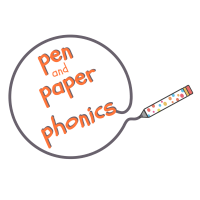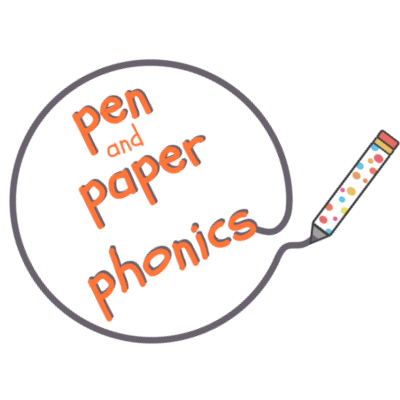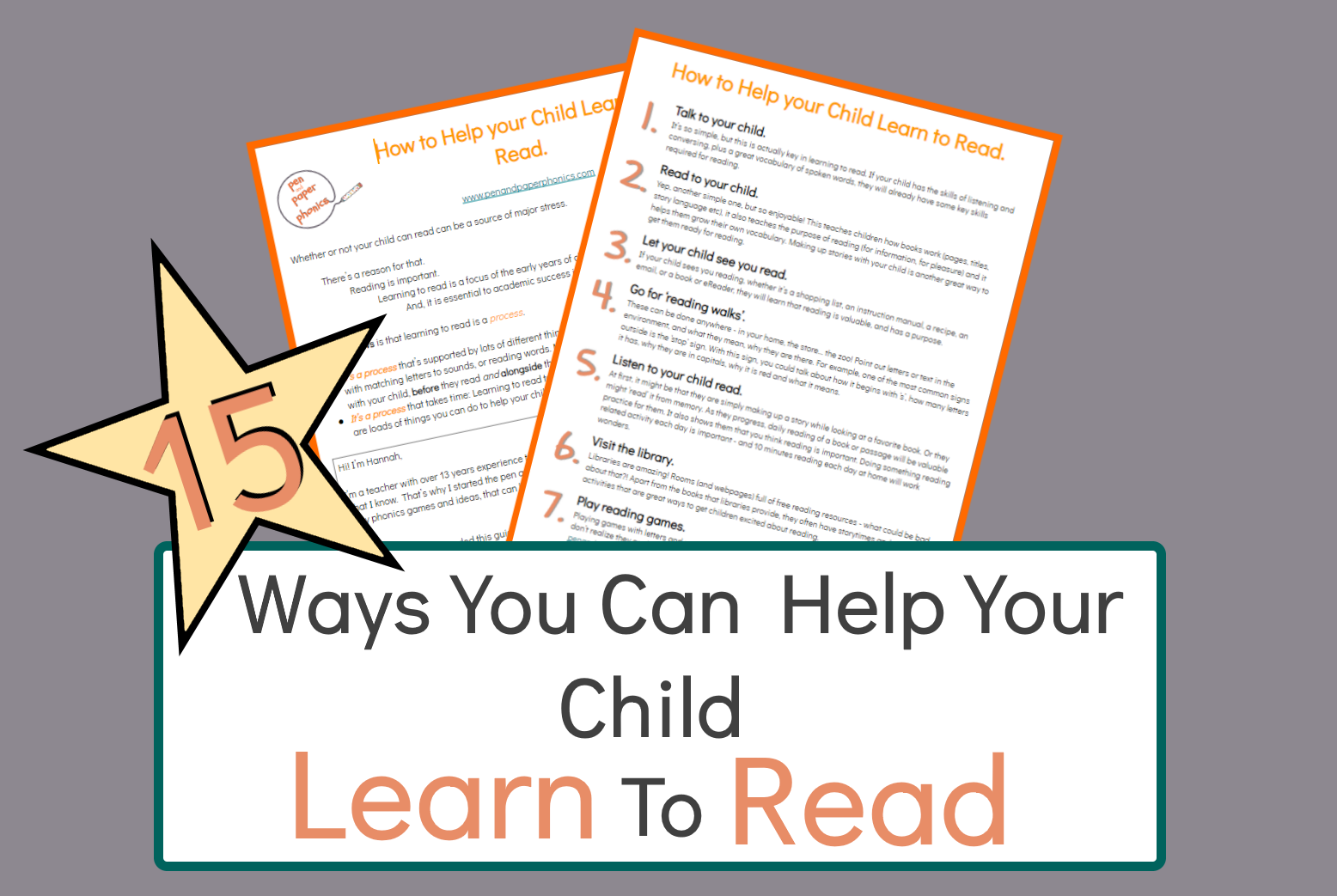
Rainbow Writing
The Basic Idea:
- A small piece of paper or card.
- Write the words or letter sounds that you want to practice, one on each piece of paper or card. Write them in black or a dark color.
- Gather a selection of different colored pens.
An example:

The content of the game.
In this example, the content I wanted to practice was ‘tricky words.’
A note about tricky words:
Tricky words are called different names – non decodable, key words, sight words – but basically they are words that can be difficult to learn as they do not follow the regular patterns of spelling, therefore they are difficult to sound out.
This means in order to learn them, children have to learn the shape of the letter, or they have to remember what letters the word has in it.
This activity is great for teaching tricky words as the student is going over the word several times.
So, for this activity:
- I wrote the words I wanted to practice, one on each card.
- I used only 5 words, as each word takes a bit of time to complete.
- The letters were bigger than normal as I wanted them to be clear.
- I also made sure the orientation and size of the letters was accurate, as this helps the child to remember the shape of the word.
- As an added extra, I put a red dot at the start of each letter, so that it reinforced how to form the letter. This is good practice in letter formation and means that the student doesn’t fall into any bad habits in handwriting.
The method of the game.
The method I used to teach this content was a simple writing activity, using the colors of the rainbow.
- This is how to do the activity:
- Go through all the words you have on the papers or cards.
- Talk about how you know what each word says. For example, it might be that you remember the shape. Or it might be that you look at the letters, and it reminds you of what the words says.
- Lay out the colors of the rainbow, and ask your child to go over the letters in the word in red. They might want to say the letters as they go over them. This will help them remember the spelling. If this is the case, they might want to say the letter name, rather than the sound. This is because you want to steer them away from sounding out these words, as they cannot be sounded out. If they learn this distinction they will tackle tricky words better.
- When they have gone over it in red, move onto orange. Go over all the letters in orange. Then yellow, green, blue and purple.
- When your child has done all of the words, read them all once more.
To Note:
Not every game goes to plan! Here are some things to watch out for in this game:
- Younger children might find it difficult to use pens as they might not have much pencil control. If this is the case, this might not be the best activity for them. If you did want to try it, you could make the letters bigger on the page and then use a pen or a paintbrush and paint to go over the letters.
- Not everyone enjoys coloring activities! So instead of using rainbow colors, you could ask your child just to choose some of their favorite colors and then they might be more motivated. Don’t worry if it means it does not look like a rainbow – the main thing is that they are going over the word. You could also choose a different activity (there are lots of tricky words actvities in the links below) and return to this one later.
How to Adapt:
…the content:
1. Letter Sounds: You could put a selection of letter sounds from the alphabet on the paper or card. This would reinforce the shape and the sound of each letter, especially if you choose some that your child is struggling with.

2. Digraphs: You could use digraphs, or two letter sounds. In this case, you would put the sounds on the card, for example /sh/, and rainbow write over them.

3. Upper case, lower case match: Here you could have upper case letters and lower case letters on the cards. Once your child has written over them in rainbow colors, match the lower case ones to their upper case partners.

4. Name Writing: : If you wanted your child to learn the letters in their name, you could write their name on the card. There is an opportunity here for looking at the difference between capital letters and lower case letters.

How to Adapt…the method:
- Use different media: You could put the card under a thin layer of sand. With a finger, the child goes over the word, pushing the sand away into the shape of the letter. You could also use paint, chalk, or fingers to trace the letters in the word.
- Take it outside: You could use water and chalk. Chalk the word you want to practice, then ask your child to go over the letters in the word with a wet paint brush.
There you have it. A quick and easy phonics activity with lots of potential to adapt to suit your needs.
This is how it looked when I did it in ‘real life’!
Previous Activities in Pen and Paper Phonics:





Rebekah Byrom
Looks very pretty and fun! xxxx
>
halulamalula
Thanks love! xx